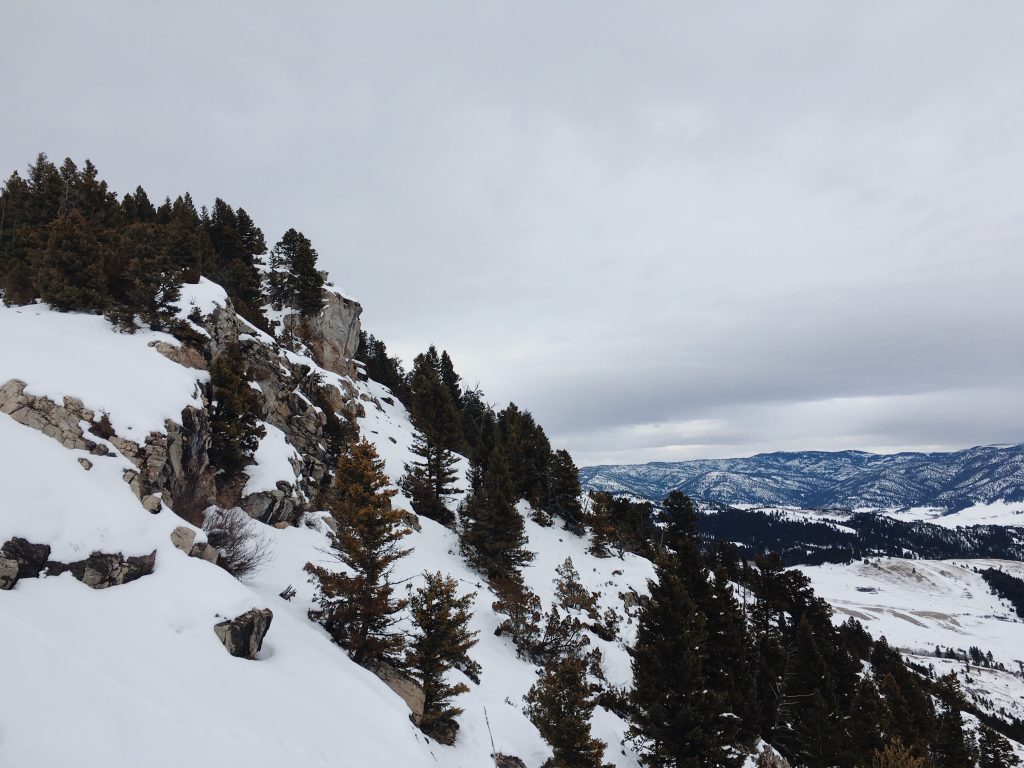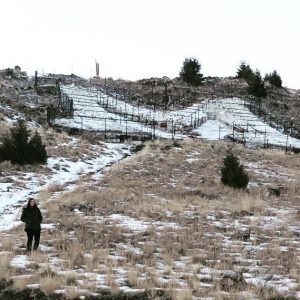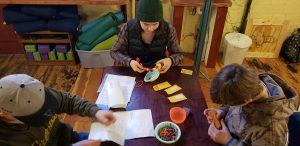By Becca Holdhusen
Yesterday, I began putting together a presentation about energy for a group of young girls. The first slide was titled, “Words I want you to know,” with “energy, power, sustainability, community, and resilience” listed beneath. I looked at the slide for a long time, reveling in the ability of words to mean so many things at once. I thought about myself – twenty three, idealistic, trying to find my place in the world. I spent a month in the Bay Area this November before committing to returning to Montana to serve as an Energy Corps member with the Human Resources Development Council (HRDC) in Bozeman. The self-driving vehicles, ubiquity of big tech, and bubble of wealth in San Francisco were enough to turn me off from the fast-paced hum of the city. I left with a revelation of what it means to have energy, and what it means to be intentional about where you put that energy, as a young millennial entering the workforce.
Going home – home, in this case, being the vast and underpopulated state of Montana – took a certain amount of resignation to my life experience of a brief two decades. Regardless of the feigned intellectual invincibility I felt coming out of my undergraduate education, the reality is, I am most intimately rooted to the place I grew up. By returning to Montana, I was trying to make myself a more valuable resource to my community and my employers. I understand rural politics, community concerns, the deep sense of self sufficiency that roots Montanans to their own ideals. Maybe more importantly for me, I understand the landscape, the plant communities bordering hiking trails, the patterns that define and destabilize the snowpack, the eroded bends of rivers through cattle ranches. I am familiar with the dry cold, the slick roads and downy snow.
It has been a cold winter, perhaps an apt marker of the patterns of environmental extremes yet to come. Climate change and energy are inextricably connected. Our obsession with industry and fossil fuel consumption has led us to the rather bleak reality of how quickly we can change our own world, and not for the better – that takes much longer. My time spent serving with the HRDC has been marked mainly by time spent in front of a computer, thinking of ways to connect the myriad of programs that make up the HRDC into a cohesive and effective outreach plan. The HRDC has its hand in, more or less, all social services and resources in Gallatin, Park, and Meagher counties. I am loosely working within the energy program, which provides weatherization services to low income homes and assists with heating costs in winter months. This work puts energy consumption into perspective, especially in the midst of biting cold snaps. Yes, weatherization and sustainable energy production reduce carbon emissions and save money, but the focus here isn’t to minimize an individual’s carbon footprint. The purpose is to simply keep people warm.
With most negative effects of climate change and economic systems, the impact is disproportionately felt by low income and minority populations. The people paying the most to stay warm in winter months are the ones who have the least capital to invest in their homes to begin with. The HRDC, most basically, puts energy where there is not enough. The HRDC helps people heat their homes. They run a warming shelter to provide a safe place for those experiencing homelessness to sleep. They provide pay-what-you-can dinner services through a local restaurant, free public transportation, and easy access to good food through multiple food banks across the three counties they serve.
Energy is simply the ability to do work. Energy is the ability to invest in yourself and others because you are warm. It is the process of eating food and metabolizing glucose. It is feeling comfortable. Sustainable communities are the product of equitable energy investment. The HRDC’s work is so important because it does not adhere to society’s typical pattern of who deserves energy investment and who does not, but rather works against those assumptions to provide energy to everyone. A resilient community is not simply one that understands energy in a physical sense, but also in an emotional and interpersonal sense. There is a reason the most “powerful” people in our society are the ones with the most investment in them, whether from other individuals or societal privileges not everyone has access to. If everyone receives the energy they need, there is more potential for powerful, resilient, and sustainable communities.
I looked again at the list of words I wanted the young girls to know. Energy. Power. Sustainability. Community. Resilience. I made another slide. I wrote, “I want you to know all of those words, but also these.” I listed, “systems, dynamics, equity, deconstruction, liberation.” This wasn’t necessarily a slide I would keep in my presentation, but more so a hope I had for the girls. I deeply believe context is essential. I don’t think it is possible to separate science from society, the physical from the emotional. I want energy to be understood as a life force, as something that is shared, as something that should be acknowledged when it is spent. Energy is what keeps us warm, exhaustion and sadness are felt as the lack of energy, comfort and safety are the access to power. If we want a resilient community, we need energy investment into the people who typically do not have energy to spend. Paying a heating bill, feeding a family, providing a warm place to sleep – that is energy and work we should care about. In the face of climate change, with such an uncertain future, we all need to make it.








